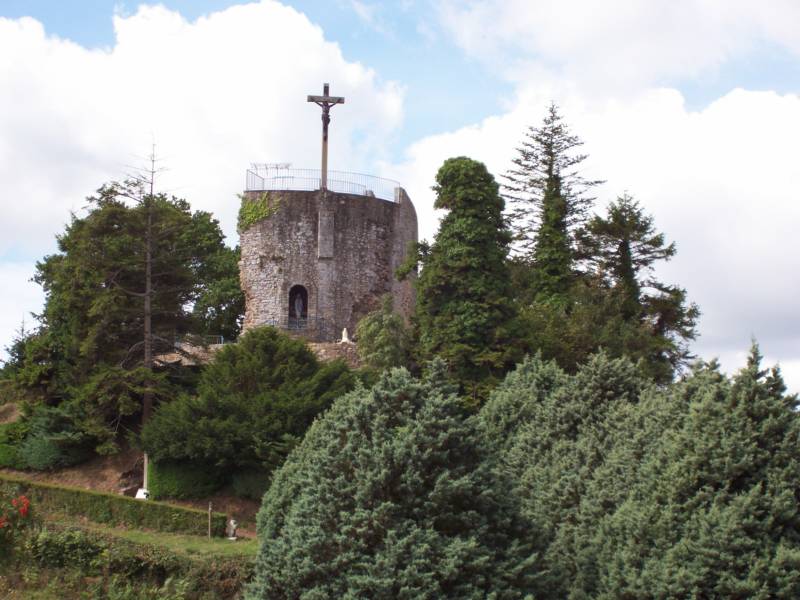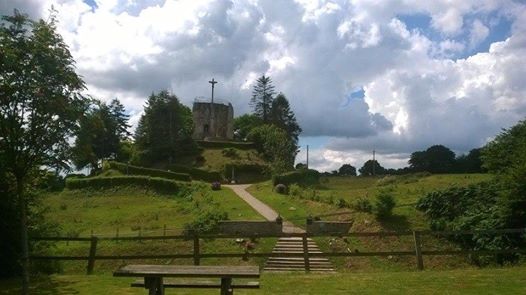Okay, a little bit of history concerning Le Plessis-Lastelle.
When you are relaxing in the pretty garden at La Forge it is difficult to imagine the following description of those dark days back in 1944.
In early July 1944 General Middleton’s VIIIth Army Corps launched a large scale offensive on the Cotentin frontline. The main attack was driven on the axis La Haye-du-Puits/Lessay. On 4 July the 82nd Airborne Division captured hill 95, while the 79th Infantry Division progressed toward La Haye-du-Puits. The 90th Infantry Division pushed between Prétot and Baupte. The 358th Regiment 1st Bataillon reached crossroads north of Saint-Jores, a squad entered the town but a sharp German armoured counterattack repelled the Americans. The battle raged all the day facing the 77th German infantry Division, and at nightfall the 1st Battalion liberated Saint-Jores. The next day advance carried on with reinforcement of the 712nd Tank Battalion, hamlet of Belles Croix was seized, then La Butte at the end of the day. On 5 July the 357th Regiment moved in Beau Coudray, the German paratroops of the 15th Regiment attempted to take back the town and beleaguered two companies. The Germans kept in check all attempts to crush the siege, it caused the Americans to surrender the next day. On 10 July the Germans withdrew and Beau Coudray, Le Plessis and Lastelle fell into the 90th Division's hands.
If you are interested in the history of the second world war you could visit Sainte-Mère-Eglise. You will be able to see where the unfortunate paratrooper John Steele spent the night caught by his parachute on the roof of the church.
Of course, the beaches that featured during the D-Day landings are just a short drive from Le Plessis-Lastelle.
There are many museums and monuments nearby but the best is the Utah Beach D-Day Museum near Sainte Marie du Mont.

Le donjon du Plessis.



